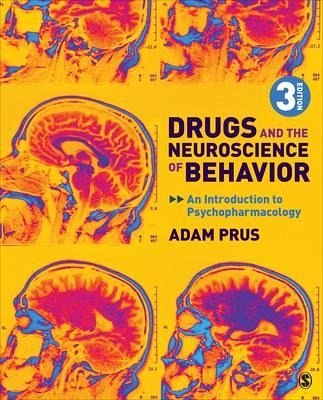Nicht lieferbar

Drugs and the Neuroscience of Behavior
An Introduction to Psychopharmacology
Versandkostenfrei!
Nicht lieferbar
Drugs and the Neuroscience of Behavior presents an introduction to the rapidly advancing field of psychopharmacology by examining how drug actions in the brain affect psychological processes.








